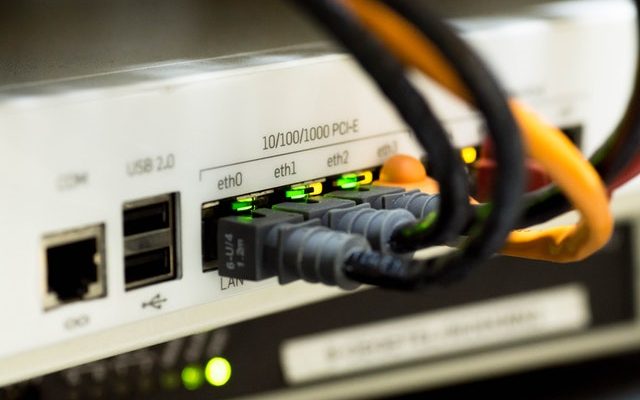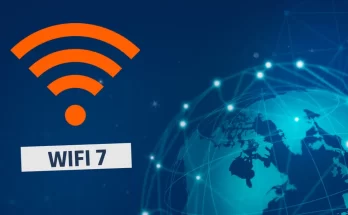The question of how much internet speed your household needs is common, but how does internet speed vary among AT&T internet packages? The difference between high-speed fiber-optic connections and average DSL connections is vast, and a fast internet connection can do more than download a movie. High-speed internet is an essential component of any modern lifestyle; even the smallest differences can make a huge difference.
Contents
Gigabit internet
Gigabit Internet is a high-speed broadband connection that supports multiple devices simultaneously, so you don’t have to worry about rationing bandwidth. The only difference between Gigabit Internet and other high-speed internet connections is upload speed, and the time it takes for data to travel from your computer to the destination. So it doesn’t matter much if you only want to use the internet for sending emails and browsing the web.
Gigabit internet speed can handle massive amounts of data. For example, Gigabit’s internet speeds are fast enough to download a full HD movie in just a few minutes, stream 4K content, and join a video conference in ultra-high definition. Some providers have Gig Internet plans, and others are working to bring it to all parts of the country. But only a few major cities in the United States are ready for gigabit service.
Fiber-optic connection
Fiber-optic internet might be a good choice if you’re looking for faster internet. However, the difference between fiber and other forms of the internet may surprise you. The average speed for a fiber connection is three times faster than a standard DSL or cable internet connection. But the speed you get depends on your location and the specific internet plan you’re interested in.
Compared to copper cables, fiber-optic connections can transfer data 1,000 times faster. That means faster download and upload speeds. And because fiber-optic cables do not radiate a signal, they’re more secure. The technology behind fiber-optic internet lines is also better able to withstand different temperature and weather conditions than copper cables. It doesn’t depend on spotty satellite signals as copper wires do.
Cable connection
Although cable internet service is still a popular choice for high-speed internet, there are several factors you need to consider before making the final decision. Cable connection speeds vary widely and usually range between 20 Mbps and 100 Mbps. Early cable providers supported speeds of less than 512 Kbps, but modern cable technologies have more than doubled. The speed you receive from your internet connection depends on several factors, including the type of cable, the number of users, and your usage habits.
While cable internet speeds vary by plan, the fastest plans are available for businesses with high bandwidth demands and essential functions. These cables can carry information much faster than copper wires. In densely populated areas, multiple households can share one cable line. Fiber optics can provide the highest speeds possible over a long distance if your business has a high-bandwidth connection. If you don’t need mission-critical applications or servers, the cable might be the better choice.
Asymmetric Digital Subscriber Line (ADSL)
When choosing the right internet speed for your home, there are a few factors to consider. The first is the number of devices in your household. Anything above 100 Mbps is considered fast. The next step up is going from 100 to 200 Mbps. Any speed under 10 Mbps is considered slow. But, remember that the more devices you have connected to the internet, the faster your speed will be. You can opt to upgrade your broadband plan if you’re having trouble with your current connection speed.
If you’re using your internet for gaming or streaming video, you’ll want to know how much bandwidth your plan offers. Different activities require different amounts of bandwidth. Different plans allow you to choose a plan based on the number of connected devices and your family’s frequency of internet usage. Some of these plans come with a free trial period. It’s important to research the plans you’re considering to choose the right speed.
Satellite connection
While the speed of satellite internet can exceed the speed of standard broadband connections, it does come with limits, including data caps and lower latency than other methods. Whether you need a higher connection speed or less depends on your daily internet usage. In most cases, you can expect a speed of about 25 Mbps, which is good enough for surfing the web. The disadvantages of satellite internet include data caps and the longer distances you’ll have to travel to reach your internet provider’s satellite dish.
Before purchasing a satellite internet plan, determine how many download and upload speeds you need and how much you can afford. Be sure not to overpay for speeds you’ll never use. You also need to consider the types of activities you perform at home. A slower speed is fine if you need to access the web and check your email frequently. However, you’ll need a faster connection if you need to stream a 4K video.




